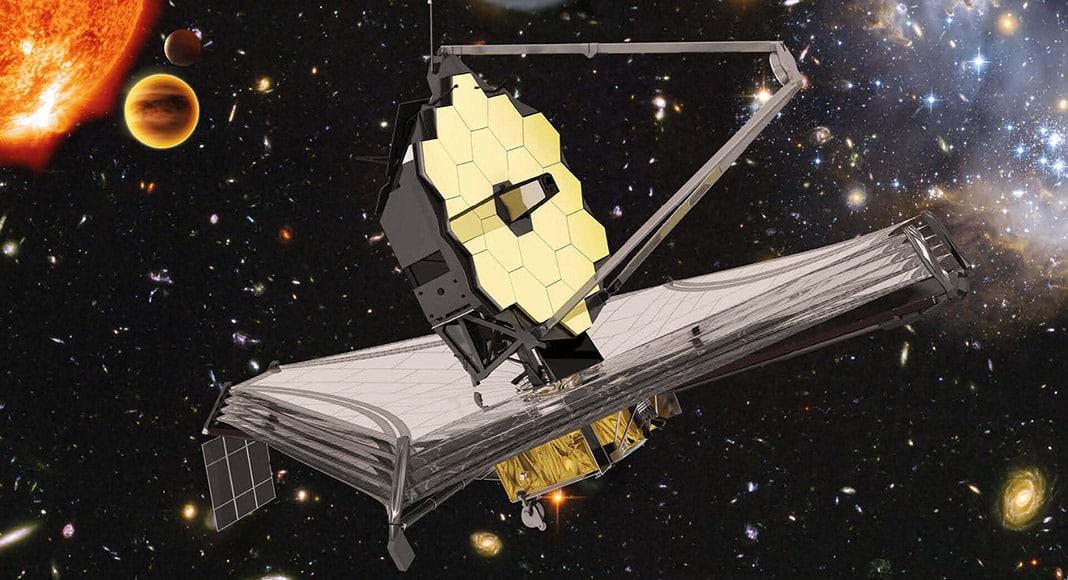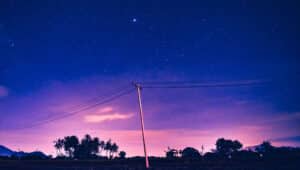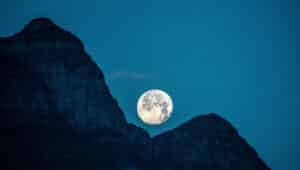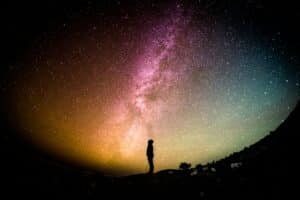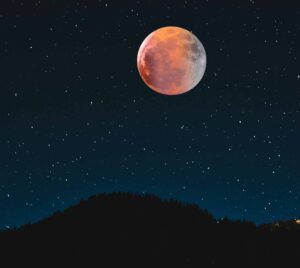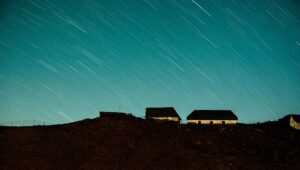Welcome to the January night sky. Also welcome to 2022.
On Christmas Day, the James Webb Space Telescope was successfully launched from French Guiana. This incredible and ambitious project, when it is fully operational, will be at least six times more powerful than the Hubble Space Telescope in terms of light-gathering ability. This project is a collaboration between various space agencies including NASA, ESA, and Ariane aerospace.
The instrument will be positioned about a million miles from Earth at a point in space where the gravity of the Sun, Earth, and Moon balance out. This is a stable and cold location, ideal for the infrared astronomy that the James Webb Telescope is best at.
The fact is, infrared radiation penetrates the dust that permeates our galaxy and hides much of its secrets. One of its first priorities will be the search for life on nearby exoplanets, as any signal of this will be most detectable at infrared frequencies. It will take some weeks to position the telescope and the first science results should arrive in mid-2022.
The long dark nights of January have at least three notable meteor showers. On the 3rd, we have the Quadrants with its origin point near the bright star Arcturus; on the 15th, we have the Delta Cancrids; and on the 18th, the Coma Berenices.
The Earth is at perihelion on January 4 – that is the point in its orbit when our planet is slightly closer to the Sun that any other time of the year. The difference is slight, but it does make our northern winters slightly less cold than they otherwise would be.
The bright planet Venus that was unmistakable in December has now approached the Sun and is disappearing into the evening twilight.
It may be possible to spot the elusive planet Mercury during the first two weeks of January when this planet will be low in the southwest just after sunset. Mercury will appear as a faint pinkish coloured star.
The ringed planet Saturn will be close to Mercury on the 14th. Both will be seen low in the southwest as darkness falls. They will be in the constellation of Capricorn.
The gas giant planet Jupiter is still well visible in the evenings, as it is higher in the sky than Saturn and Mercury, and it will be seen towards the south – southwest in the constellation of Aquarius. The crescent Moon will be close to Jupiter on the evenings of January 5 and 6.
The Moon is new on the 2nd, first quarter on the 9th, full on the 17th and last quarter on January 25.
By Clive Jackson
|| features@algarveresident.com
Clive Jackson is the director of the Camera Obscura attraction (next to the Castle in Tavira), specialising in education and public outreach.
281 322 527 | info@torredetavira.com www.torredetavira.com
www.viator.com/tours/The-Algarve/Camera-Obscura-Admission-Ticket/d774-66649P1
To see the January Sky Map click on the pdf link below

